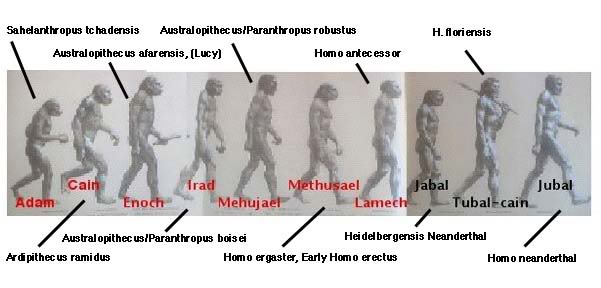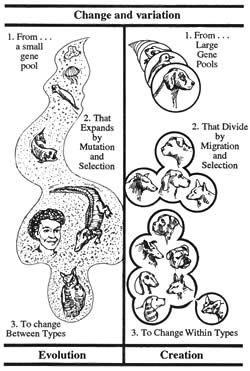Oh, you've reminded me of something. Back in 1974 the World's Fair was hosted in Spokane. There was an interesting exhibit that invited the public to partake in some scientific research. Here's the set up:
There was a "scientific inquiry" being conducted where you may have participated in a double blind study. Group A and Group B were separated by a panel where both could view the same movie screen but neither could see the other party. They would flash images of human cells in mitosis (or was that meiosis?) and ask the subjects to guess if the cell was about to divide or not.
Each subject had a black box with two buttons located in front of them. One marked "True" and the other marked "False". Perhaps the buttons were color coded red and green, I don't know this for certain, I didn't participate in the study itself but only heard of the result. It's possible that the study was from a lecture I heard at CWU (Central Washington University), again I'm not certain. I've tried to Google it but without success.
But in any case, to continue the story...
Both Group A and Group B would be shown the same images, one at a time, of human cells. Both were asked to predict if the cells were about to divide or not. Both groups were given immediate feedback, and here is where the red and green lights were used.
BUT there was one difference between the feedback that was given to the first and the second groups. Group A would be given "honest feedback". If they predicted that the cell was about to divide and their prediction was true? Their Green light would would indicate their prediction was correct. The other group though would be given totally random feedback. The red and green light response for Group B was predetermined and given without regard to their input. A 'flip of the coin' response, if you will.
If the animation at first appears jerky, wait until it completely loads and then refresh the screen.
To view the movie again, refresh the screen. The participants of the study were not given the animation to view.
They were not given "the whole story" so to speak, but were left to their own devices for explanation(s).
The Result:
Group A figured it out really quick. They concluded that the "split" would occur after some of the "squiggly lines" seemed to wiggle (kind of). Group B would have figured it out, but the scientists kept changing the data so that no simple and consistent method of observation could be produced (flip of a coin) ... but the scientists had said such a method was there and if group B were observant enough they would eventually figure it out. And they did, but it was utter nonsense.
Group B came up with really bizarre rules and reasons for why the results changed BUT eventually felt they understood it well enough to teach and explain it to others. Group A was brought in and the scientists stopped messing with the data. At first Group A called Group B a bunch of knuckleheads because obviously noticing the change is as easy as 1, 2, 3 but Group B would have nothing to do with their logic and reasoning. Group B was so adamant that their convoluted arguments were superior (they argued by reason of complexity versus simple observation) that they managed to get Group A to reject their method and exchange for Group B's faulty reasoning! This, of course, explains almost everything we see happening on the forum today in terms of argument over science vs. the Bible ... but don't get me started.











